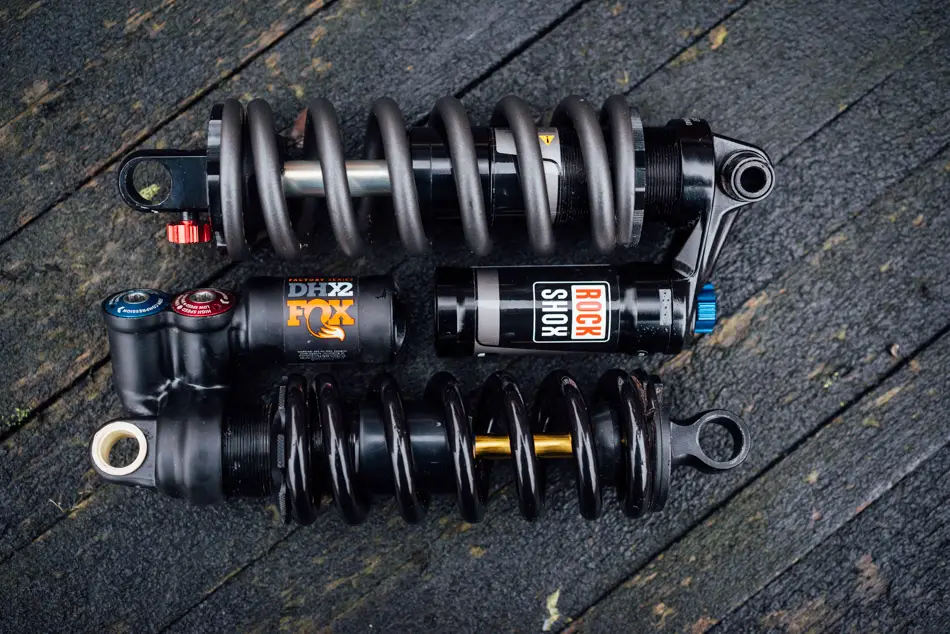
Coil Rebounds
Air shocks make a whole lot of sense for trail bikes. From a manufacturer’s point of view it means they can ship a bike that is easily set up by the customer with nothing more than a shock pump. From a rider’s point of view it means a light, effective, adjustable way of absorbing bumps.
So it seems a little strange to see some of the top Enduro racers bolting coil shocks, typically the reserve of DH bikes, onto their frames. Reasons for this differ between riders and teams, some citing they prefer the extra sensitivity a coil shock provides, others confessing they are trying it because at the pointy end of racing everyone is looking for marginal gains and a coil shock just might be it. The question is, does a coil shock have a place on a regular rider’s trail bike? We set out to find out.
This is less of a comprehensive comparative test and more an exploration of some of the options available and is framed with a trail rider in mind. If you’re a freeride hucker then your conclusions may differ.
Also, it’s worth bearing in mind that some suspension designs just won’t play well with a coil shock, both in fitment and in feel. Some frames just don’t have the necessary space to squeeze a coil shock in and in fact some air cans with reservoirs can be problematic too. If your bike’s suspension system is designed around an air shock chances are it will have a flat or falling rate design. This might not mesh well with a coil shock, check with your frame’s manufacturer for their take on things.
Testing, testing:
All shocks were tested on a 2016 Giant Reign 1 which uses a RockShox Monarch Plus 200x57mm shock as standard. The Reign is billed as an Enduro/Trail bike and uses Giant’s Maestro system in a 160mm configuration. Forks used were the RockShox Pike RCT3 with 160mm of travel which is fitted as standard. Shock springs were supplied to accommodate a rider weighing 75kg.
Fox DHX2
Price: £499.99 (£39.00 for standard steel spring £123 for Super Lightweight Steel Spring)
From: Mojo, www.mojo.co.uk
Weight: 399g (784g including standard Fox steel spring)
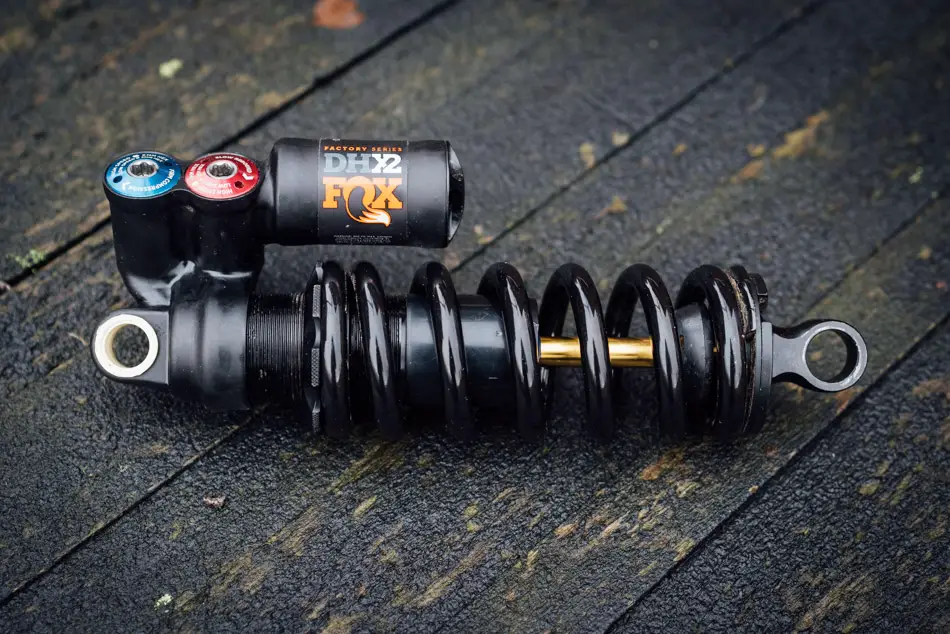
For model year 2016 Fox went back to the drawing board for their long travel shocks. The outcome, in brief, is the X2 damping platform.
The two key points with X2 are a twin tube design in the main body and a Rod Valve System (RVS). When the shock is compressed, the piston pushes oil from the main inner tube and through the compression rod valve. From there it circulates down the outer tube, entering back into the main inner tube behind the piston. On the rebound part of the stroke things are reversed with oil behind the piston moving from the inner tube to the outer but this time flowing through the rebound rod valve before re-entering the inner tube. Compression and rebound circuits work independently so changes made to one won’t affect the other. To help visualise this take a look at this video from Fox:
Both high and low speed compression and rebound can be adjusted with a 6mm and 3mm Allen key, making on trail adjustments reasonably painless. This offers the opportunity to really fine tune things, or to really balls things up. It’s a good job then that the recommended starting settings included in the manual are near enough bang on. In my experience the manufacturer’s base settings are often way off point, but in this case they are eerily close to spot on.
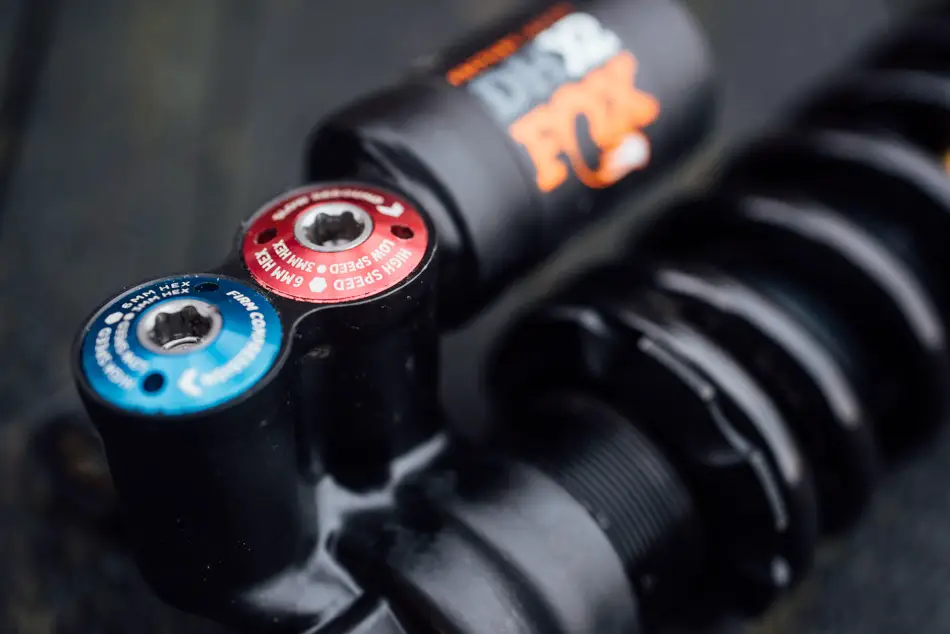
A lot of the attention this shock has received has been down to the optional orange spring it’s possible to spec with the DHX2. The SLS (Super Lightweight Spring) claims to be lighter than an equivalent titanium spring but at a much lower cost. Unfortunately it’s only available if your spring length is greater than 2.5” and you’re willing to splash out £123, otherwise you’ll have to make do with a plain old black spring. As the Reign uses a 2.25” spring we weren’t able to put the SLS to the test.
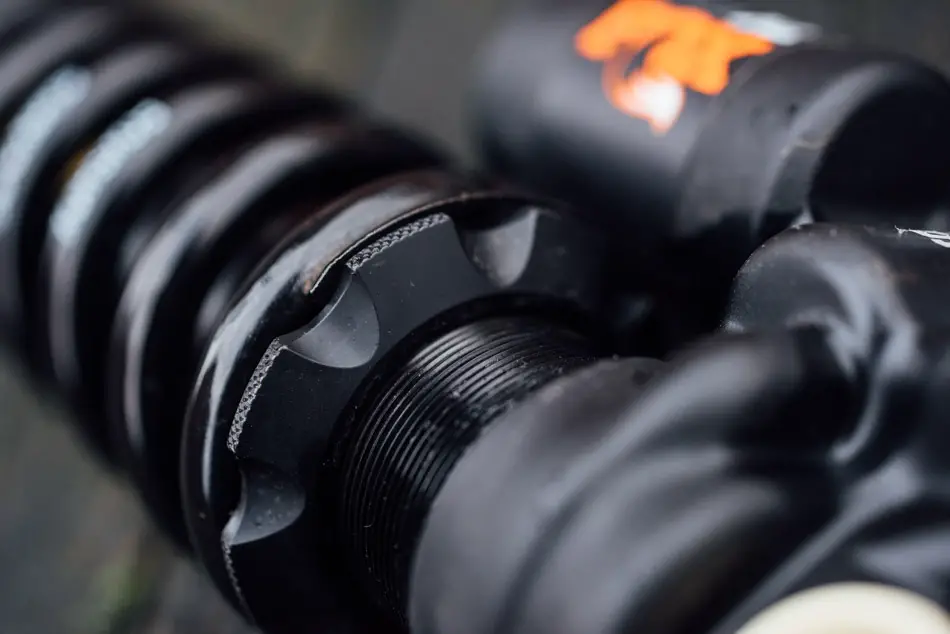
It doesn’t take long to realise the DHX2 is working on a different level to other shocks. The term magic carpet ride is trite but deserved in this instance. Sometimes this can mean that there’s a lack of feedback of what’s happening under tyre but that’s not the case here – there’s still enough information making its way to the soles of your feet to stop a feeling of utter disconnection from the trail. The upside of this is plain and simple – you ride faster. With the DHX2 fitted the back end felt invincible, to the point that the otherwise fine Pike forks felt inadequate and other components started to suffer – the rims and tyres in particular taking a real beating. This presents its own problem of sorts, upgrading to the DHX2 means you might have to rethink the rest of your bike. Despite the suppleness and sheer capability of the shock keeping you glued to the trail there was no problem in getting the bike off the ground – support in the mid-stroke giving you a good platform to push from and get the bike airborne.
RockShox Kage RC
Price: £199.99 (£27.99 for spring)
From: Fisher Outdoor, www.fisheroutdoor.co.uk
Weight: 386g (809g including RockShox steel spring)
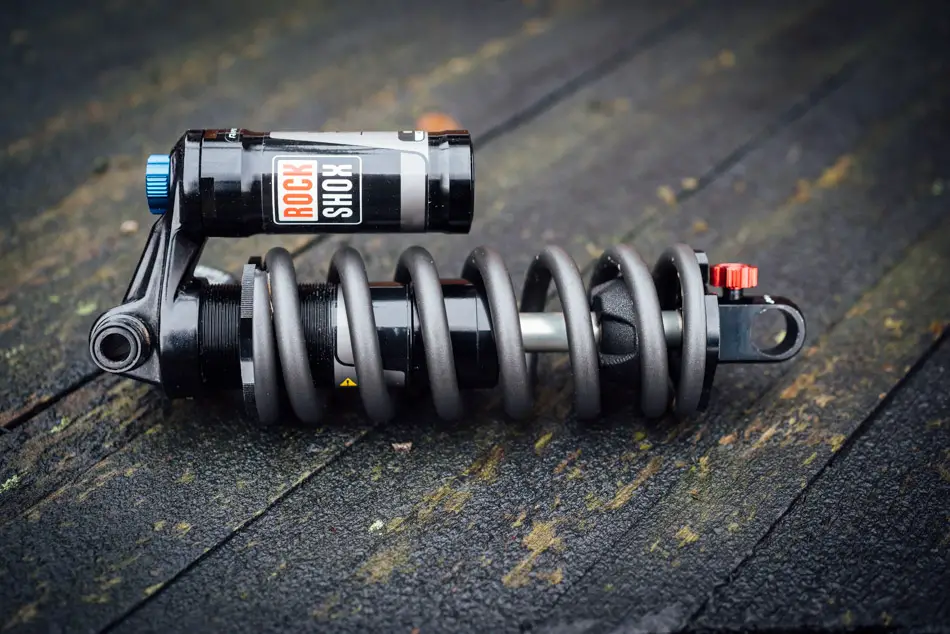
The Kage is RockShox’s entry level coil spring model with the Vivid being the premium option. Adjustment on the Kage RC is limited to rebound, compression and spring preload. Don’t be put off by the lack of knobs and dials, there’s a lot to be said for minimalism – RockShox have done the tuning so you don’t have to. Insiders tell us that back when the Santa Cruz Syndicate were on RockShox Greg Minnaar preferred the Kage to the Vivid so don’t go thinking more dials means more pro either.
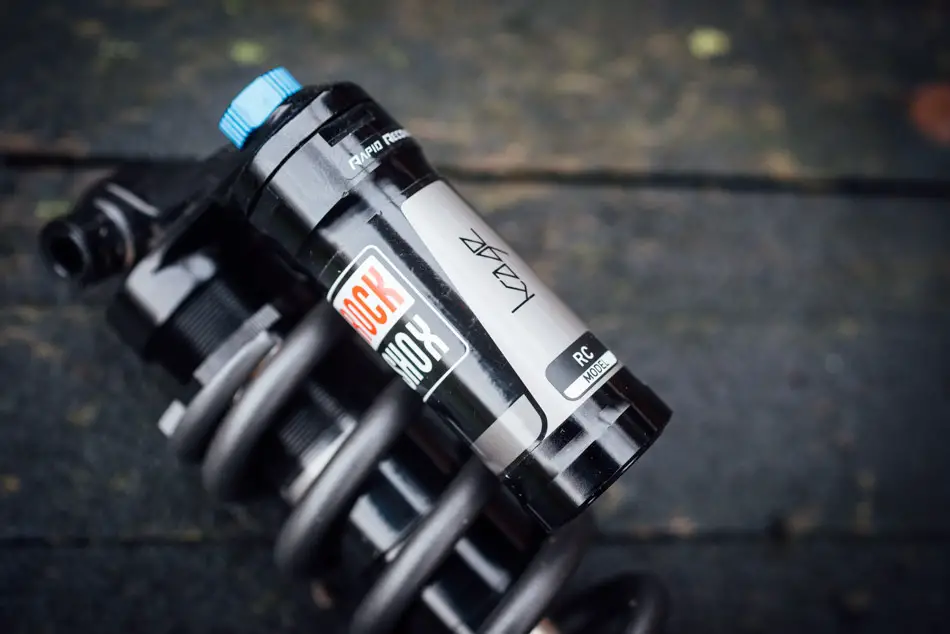
We RTFM to achieve a base set up with a touch more compression added to provide a bit more support to the Reigns incredibly active Maestro suspension design on climbs and a click or two less rebound out of personal preference.
As you’d expect the Kage feels like a RockShox – plenty of pop to let you pick the bike up and an ability to smooth things out without robbing you of trail feedback. If you’re thinking of swapping your Monarch Plus for a Kage there won’t be any nasty surprises. Until, that is, you start climbing and might miss the ability to flick the compression lever to firm things up a touch.
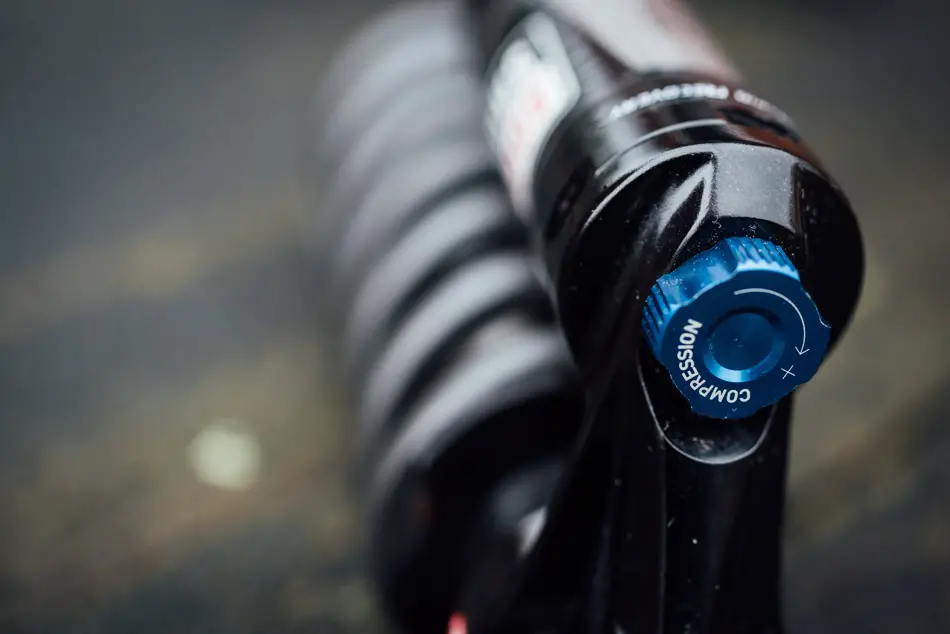
To continue the Monarch Plus comparisons, downhill it feels like a Monarch run wide open but with an increased level of sensitivity at the top end, as you’d expect from a coil shock. RockShox Rapid Recovery system, found on both Kage and Monarch does a great job of allowing you to run deep into the shocks’ travel without them choking. So far so familiar and it’s testament to how good the ubiquitous Monarch is that you really have to work to find the point at which the Kage clearly outguns its air sprung cousin. That point is on wet and loose sections where the Kage’s supple initial stroke finds grip the Monarch just isn’t able to and on quick, large, multiple hits – both shocks might have Rapid Recovery but the Kage uses it to more noticeable effect rarely getting hung up or overwhelmed.
For £230 all in the Kage is a potent package and a great coil sprung option, especially those who are looking primarily for downhill performance above and beyond their standard issue Monarch Plus shock.
—–
The question has to be though, is a coil shock actually any better than an air shock? The truth is that a vast majority of development has been done with air shocks in recent years, to the point where they rival a coil shock in feel but have the advantage of lower weight and ease of set-up and adjustment. Fox’s DHX2 is an incredibly impressive shock, as mentioned the damping is as good as it gets at the moment, but how would it feel combined with an air can rather than a steel spring?
Fox FLOAT X2
Price: £499.99
From: Mojo, www.mojo.co.uk
Weight: 477g
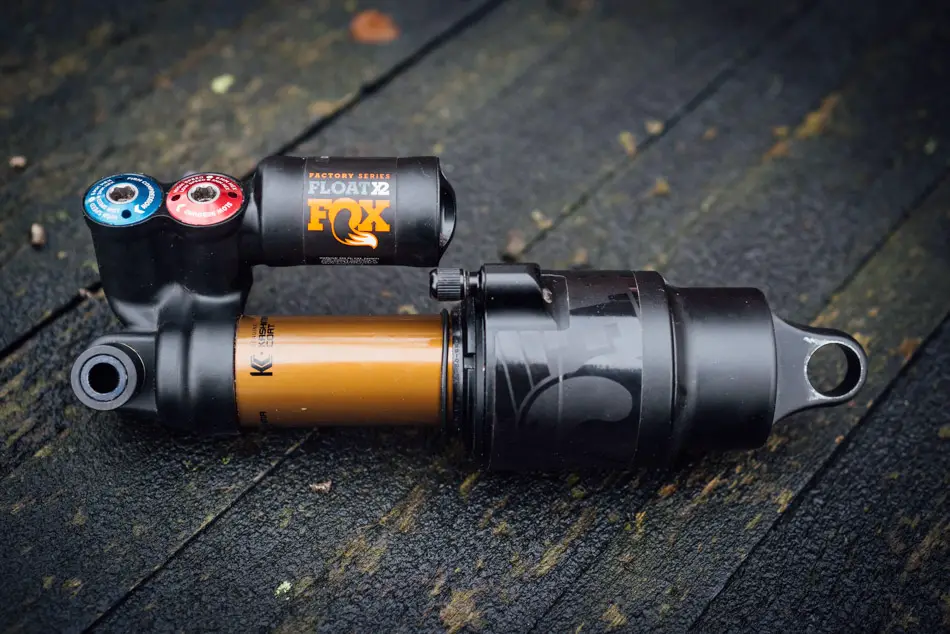
The most impressive part of the coil DHX2 is the X2 damping, it’s the defining part of the shock and what gives it a feeling of control, the spring is just that, a spring. So, given the choice between an air spring or a steel spring why not go for the lighter more adjustable option?
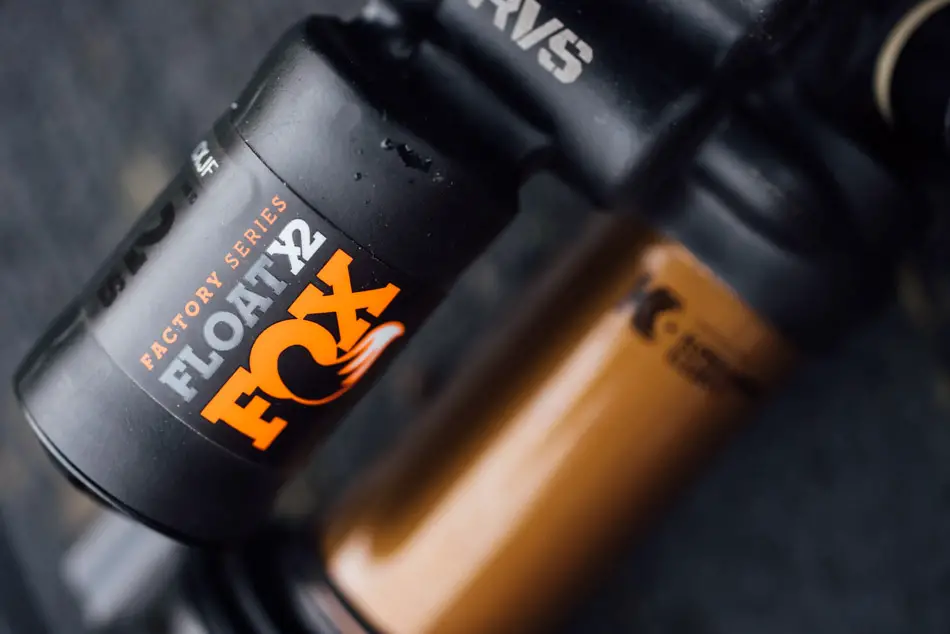
The Float X2 takes the damping of the DHX2 and attaches it to an air can. The oversized EVOL (Extra Volume) air sleeve aims to increase initial sensitivity and the spring curve can be fine tuned to alter progressiveness with volume spacer rings. This is a five minute job and requires no specialist tools or technical knowledge – kudos to Fox for making it so easy.
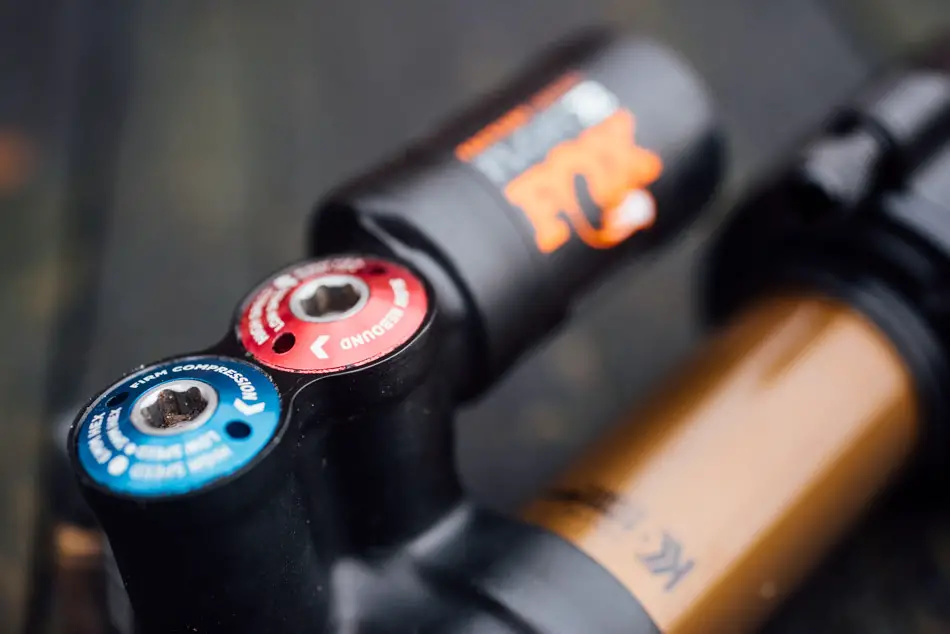
Sensitivity is superb and was all but indistinguishable from coil. It stayed that way throughout the test with nothing more than a wipe around the seals after every ride. Fox recommend a full service after 125 hours use, which seems more than reasonable.
In terms of feel it was all but indistinguishable from the DHX2, so all comments made regarding that shocks performance apply here too. With the ability to further fine tune the spring (by adding more air in small increments) and the ramp up (by adding more air volume spacers) getting a set-up which exactly matched both rider and bike was a breeze. Again, the manual gave accurate base settings, the only thing to watch out for being to remember to cycle the shock as you approach your desired pressure to help the air equalise between positive and negative chambers.
This is probably as good a place as any to stare at the elephant in the room – the price. While £500 is not an inconsiderable amount of money for a single component, you can certainly feel where your money has gone. This shock has the ability to breathe fresh life into a tired feeling frame. With the ability to make it work with just about any suspension design (even those with odd specs such as Specialized’s proprietary mounting), you can effectively upgrade your frame to state of the art suspension performance for £500 – much cheaper than a new frame.
Conclusion:
The Kage is a great performer at a very reasonable price and if you’re curious about trying a coil sprung shock, or running one alongside your current air shock, it’s the obvious candidate. Its simplicity should be viewed as a positive rather than a negative and should you find you prefer your air shock you won’t have bust the bank.
The DHX2 is simply as good as it gets for a coil shock. It feels a significant step above other offerings with the unfortunate downside that after riding it nothing else feels quite as refined or controlled. And if you can fit that orange SLS shock you get looks and performance.
The problem for both these shocks is their air sprung counterparts. In the case of the RockShox Kage the Monarch Plus does 90% of what it does at half the weight and with the ability to improve climbing with the flick of a lever. The problem for Fox’s DHX2 is that it costs more than the Float X2, especially with the must-have orange Superlight Steel Spring, weighs more and lacks the tunability that the air shock offers. As the Float X2 can be stripped in a matter of minutes with the most basic of tools serviceability and durability isn’t really an issue either. For trail riders choosing the coil DHX2 over the Float X2 will probably come down to that orange spring or the misplaced conviction that a coil shock will always feel better than an air shock.
Coil shocks have come on greatly in recent years, making them a real contender for those looking to beef up their trail bikes, but air shocks have come on even further and with the Float X2 there really is no competition, it’s the best of both worlds.
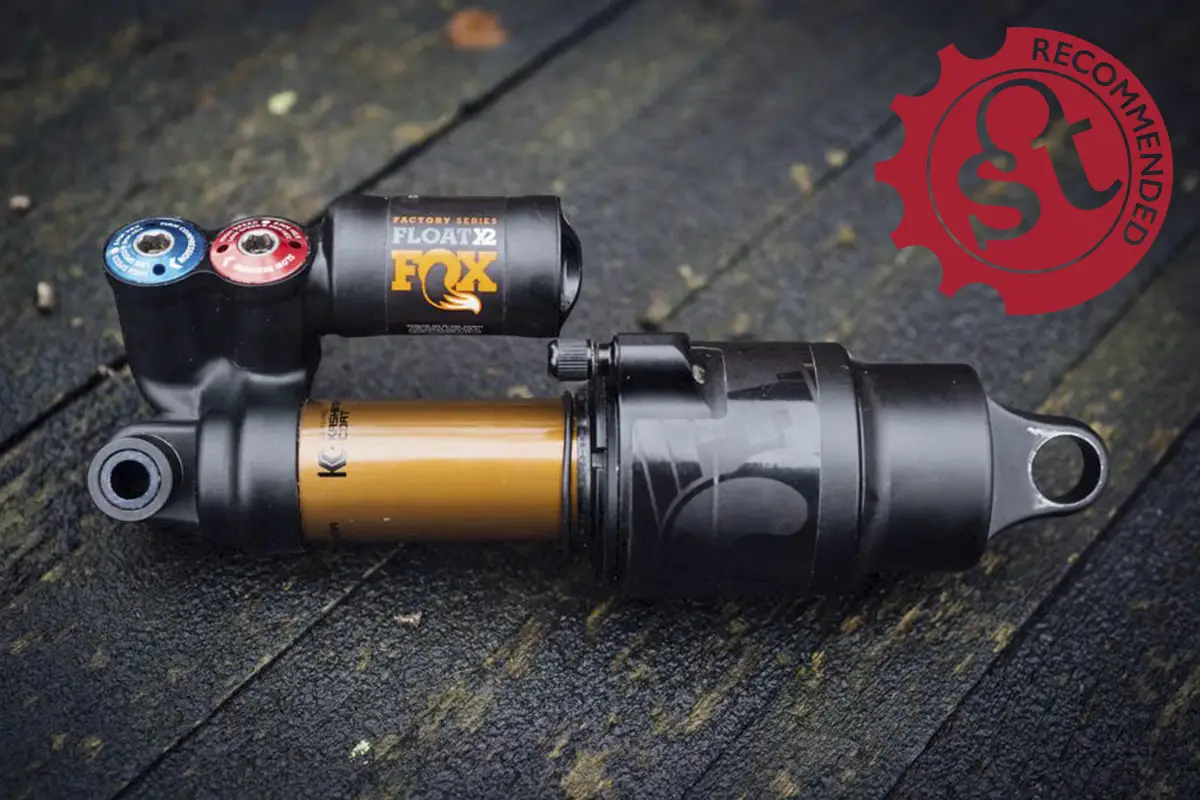
—
FOX FLOAT X2 DEALS





